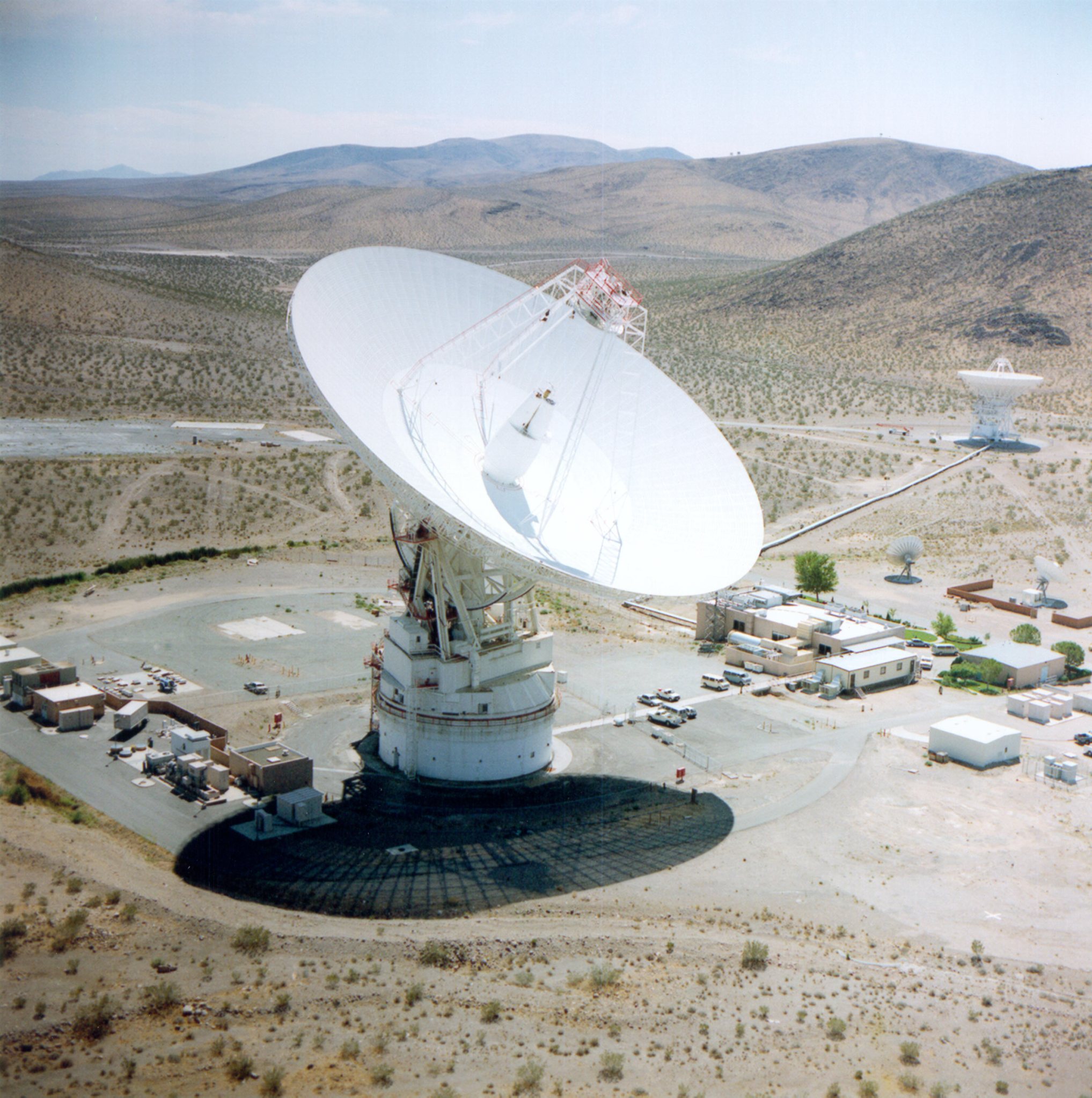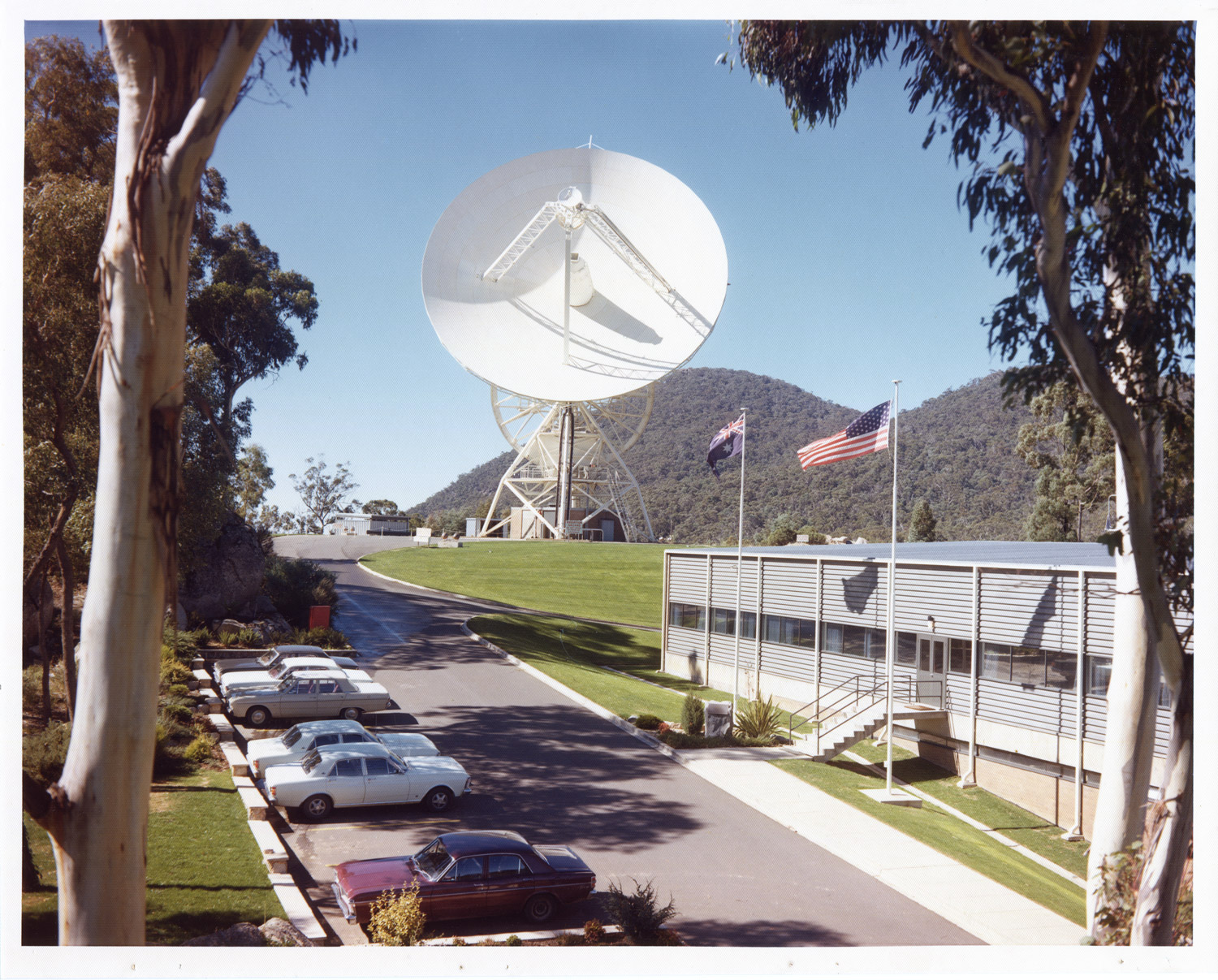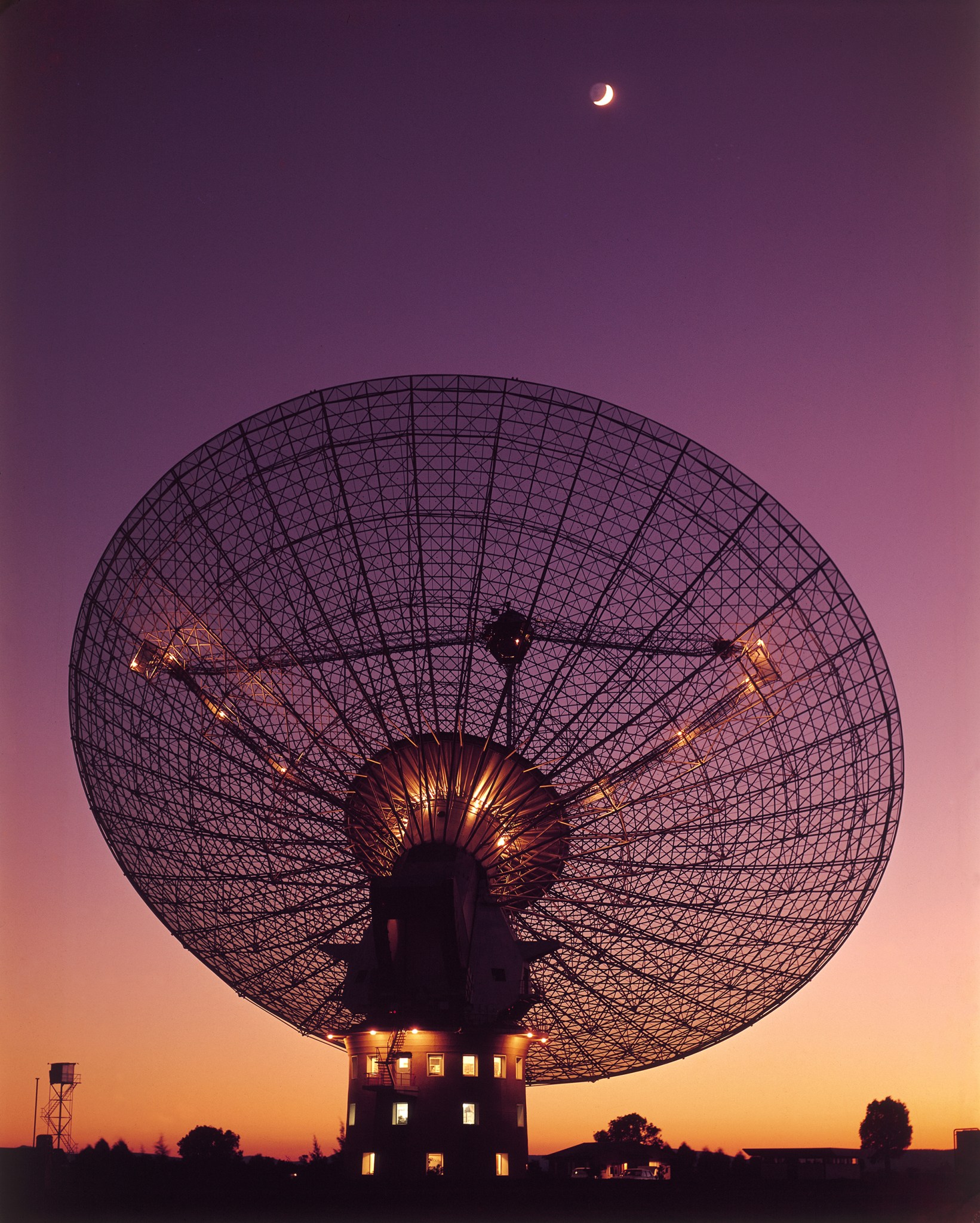In 1969, NASA captured the world’s imagination and inspired generations with the Apollo 11 Moon landing. Back then, NASA’s communications networks were crucial to mission success. Today, they provide critical service as America moves forward to the Moon.
NASA’s Space Communications and Navigation (SCaN) Program manages and directs the Deep Space Network (DSN) and the Near Space Network (NSN) a global communications infrastructure for space exploration.
The agency’s new lunar exploration program is called Artemis. NASA’s Space Launch System rocket will send astronauts aboard the Orion spacecraft to the Gateway in lunar orbit. Crew will take expeditions to the surface of the Moon in a human landing system, go back to the Gateway and return to Earth aboard Orion.
SCaN will support Artemis missions each step of the way. We’re modernizing technologies like optical communications to ensure better data rates and improve astronaut communications at the Moon, and ultimately, Mars.
SCaN: Enabling Exploration – from Apollo to Artemis and beyond.
Apollo 11: Seeing is Believing
On July 20, 1969, NASA astronauts Neil Armstrong and Buzz Aldrin, with Michael Collins orbiting above, became the first humans to land on another world, our Moon.
Affixed to the inside of the Eagle lander’s door was a small, unconventional TV camera. The extraordinary images it captured showed Armstrong and Aldrin amid the “magnificent desolation” of the lunar surface.
Getting this incredible video to hundreds of millions of people back on Earth, gathered around countless television sets in rural homes, on city streets, and in remote villages around the globe, was up to the flexibility and resourcefulness of NASA’s Manned Space Flight Network (MSFN) and DSN.
During lunar landing and liftoff, NASA “dishes” in Madrid, Spain, would provide tracking support for Apollo 11. But, at the time of the moonwalk, Madrid was facing away from the Moon and, thus, couldn’t “see” it. So, the job of getting those first historic pictures down to the world fell to tracking stations in Australia and here in the United States.
When Armstrong finally started descending the Lunar Module ladder three hours after the Eagle had landed at Tranquility Base, a 64-meter antenna in Goldstone, California received the first downlink, and two-way communication from the surface of the Moon.
However, by the time Armstrong reached the foot of the ladder, Mission Control in Houston, Texas switched the transmission to Honeysuckle Creek’s 26-meter antenna located outside of Canberra, Australia. The improvement in picture quality was extraordinary.
But, responsibility for voice communications remained at Goldstone.
These iconic words in history, “That’s one small step for (a) man, one giant leap for mankind” ended their 240,000-mile journey to Earth at one location, while the pictures of Neil Armstrong speaking them came to be seen through another.
After almost nine minutes into the broadcast, a 64-meter dish at Parkes Observatory located in Parkes, New South Wales, Australia provided an even better picture. Television transmission would continue through July 23, 1969.
The Trackers
Behind these tracking stations were real people spending countless hours to make human exploration on the Moon possible.
“People everywhere appreciate the fact that the U.S. was willing to share its program so effectively with them by means of modern communications. People of many countries have told me personally that they certainly appreciate not only our technology but also our intent in trying to build a better world through our space experiences. To those of you out there on the network who made all of the electrons go to the right places, at the right time —and not only during Apollo 11…. I would like to say, ‘Thank you.’”
-Neil Armstrong to tracking network personnel, March 18, 1972





























